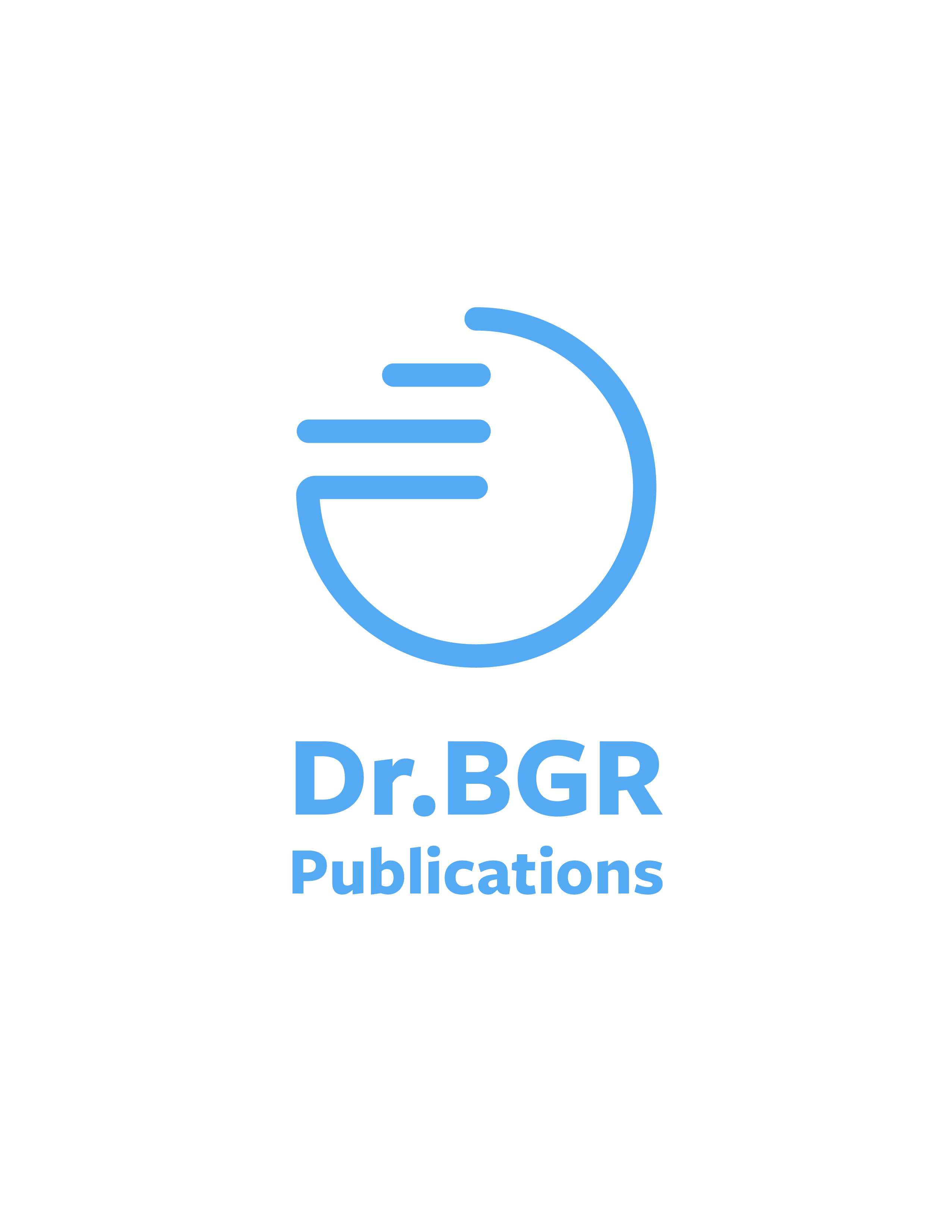Vermiremediation of Sugarcane (Saccharum officinarum) Trash – Pre- Digested with Pseudomonas fluorescens) By Utilizing Eudrilus eugeniae, Perionyx excavatus and Lampito mauritii under Monoculture Condition
Title
Vermiremediation of Sugarcane (Saccharum Officinarum) Trash – Pre- Digested with Pseudomonas fluorescens) By Utilizing Eudrilus eugeniae, Perionyx excavatus and Lampito mauritii under Monoculture Condition
Authors
Viji | Neelanarayanan
Keywords
Sugarcane trash | Pseudomonas fluorescens
Publication Details
Vol: 2; Iss: 5; May 16 | ISSN: 2454-5422
Abstract
Sugarcane is one of the major cash crops cultivated in India. After harvest of sugarcane, large amount of trash are generated and left in the field for natural degradation which takes several months. These trash are also disposed off simply by burning in the field which results in loss of nutrients as well as causes atmospheric pollution due to the emission of toxic gases. In order to mitigate this problem, sugarcane trash was pre-digested with Pseudomonas fluorescens and subsequently the same was utilized for the production of vermicompost by using conventional composting earthworms viz., Eudrilus eugeniae, Perionyx excavatus and Lampito mauritii under monoculture conditions. The sugarcane trash were collected and cut into small pieces and mixed with P. fluorescens for pre-digestion. After 45 days, the partially decomposed sugarcane trash was mixed with cow dung in 50:50 concentration and they were filled in plastic trays, individually. Simultaneously, a control was also prepared with the same concentration and maintained. All these experiments were carried out in triplicates. Hundred healthy E. eugeniae, P. excavatus and L. mauritii adult worms were introduced into each of these trays individually excepting the control trays. After 17 days of the experimental period vermicompost and compost (from control) was harvested. The conversion ratio of waste into vermicompost was found to be high (73%) in the trays in which E. eugeniae was used. Further, it was observed in the end product the E. eugeniae produced more number of cocoons and young ones when compared to other two cultures. Harvested vemicompost and compost obtained from control were subjected to quantification of chemical nutrients analyses. The vermicompost harvested from E. eugeniae experimental trays consisted of desirable levels of chemical nutrients than the other experimental trays. It is obvious from the results that in general all the three earthworm species can be used for converting sugarcane trash (pre- digested with P. fluoresecens) into value added vermicompost and E. eugeniae in particular.


